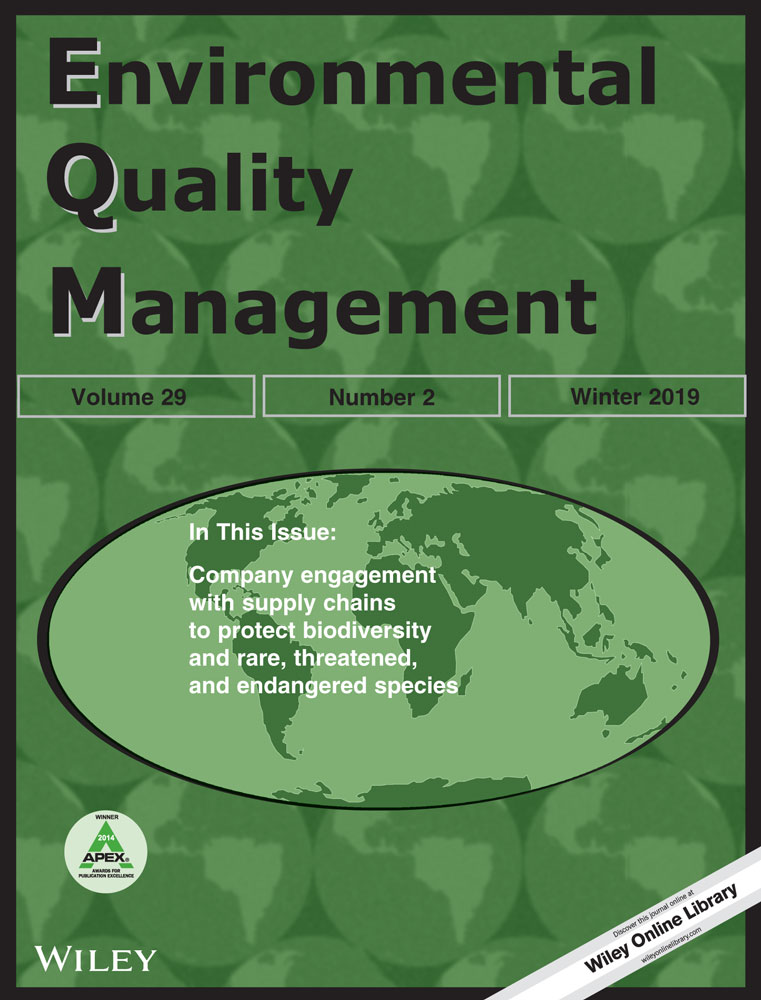Comparison of energy produced from waste by removing its different components: A case study of the waste landfill in Tehran
Abstract
In developing and populated cities such as Tehran, a massive amount of municipal solid waste (MSW), both wet and dry, is transferred to landfills daily. Combustion is one of the most common methods of using mixed waste energy from the past to the present. The Dulong formula is widely used to calculate the energy released from MSW combustion. According to the constituent components of Tehran MSW, removing food waste leads to an increase in energy potential, which will be a suitable condition for energy production. In this work, the energy derived from the combustion of mixed and separated dry MSW generated in Tehran was calculated using the experimental Dulong formula and tables in Integrated Solid Waste Management (Tchobanoglous et al. 1993, McGraw-Hill). The Dulong formula indicates that the use of Tehran mixed MSW (without separating materials for recycling) as a fuel source yields 8,966.40 KJ/kg while the use of Tchobanoglous et al. (1993) tables can generate 8,236 kJ/kg. By removing food waste and recyclable materials, the potential of energy production changes to 22,047 kJ/kg using the Dulong formula and 16,207 kJ/kg and the Tchobanoglous et al. (1993) tables. It indicates increase by 1.46 times and 46%, respectively. Regarding the 200-ton capacity of the Tehran waste incinerator, the Dulong formula indicated generation of 4,409 MJ/day energy, and the Tchobanoglous et al. table presents 3,241 MJ/day. Therefore, considering that Tehran generates more than 4,000 tons of reject waste daily, it can easily be converted to energy rather than landfilled. This can alleviate the problem of buying land and construction of landfills and leachate generation.




